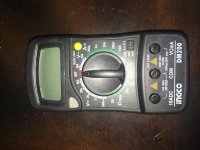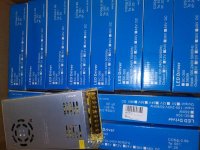Hookahhead
Active member
I caught an error after looking at the pictures. I was measuring DC, but had the probes hooked up to the AC side. So I switched the probe around and tested it again. 0.00 and the lights didn’t light up. Remove the probe and the lights turn on.
I’m a little confused by this, the PCB should be an AC to DC converter to drive the LEDs right?
I switched the probe and the dial back to AC.
It reads 227w AC with two boards joined together.
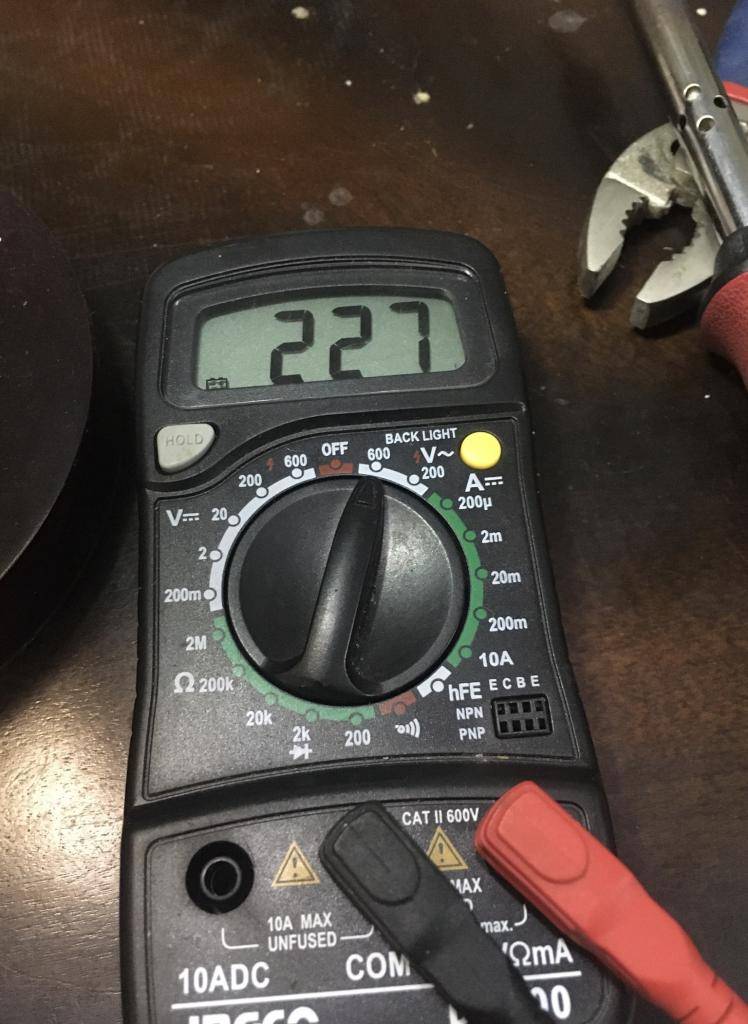
I desoldered the second board and tested only a single board. 235w AC?
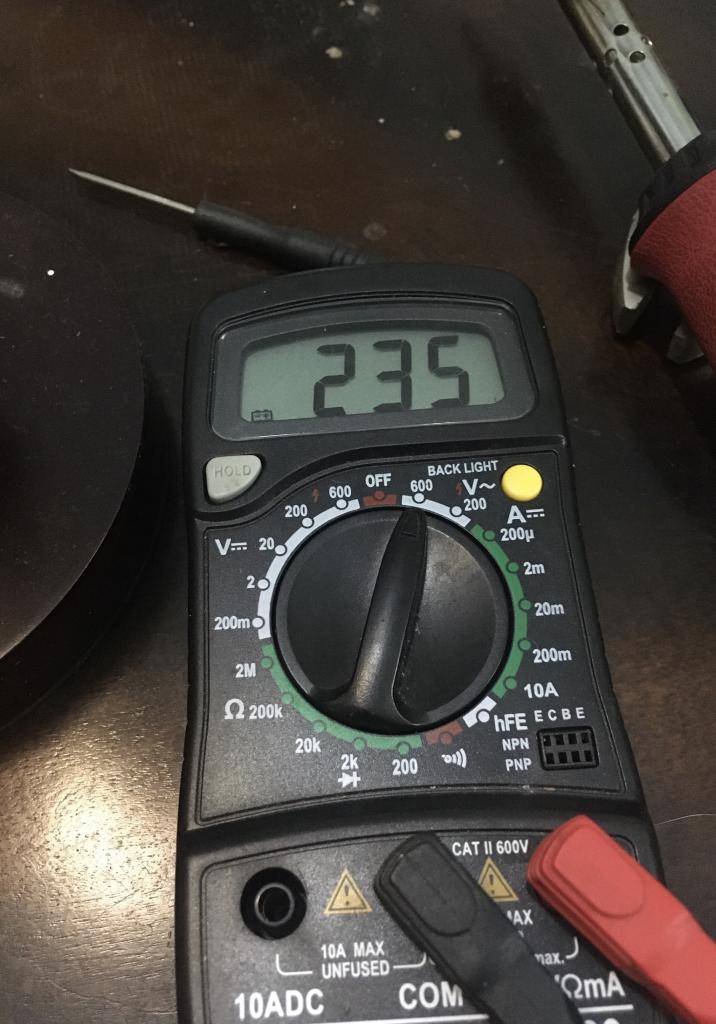
I switched the probe and the dial back to DC and tested only 1 board. Again it read 0 and didn’t light up, the board would light up when the probe was removed. At one point I slipped and I think I shorted the positive and negative. After this the LEDs started noticeably flickering and looked less bright. Switching back to AC again to take another reading shows 207w AC.
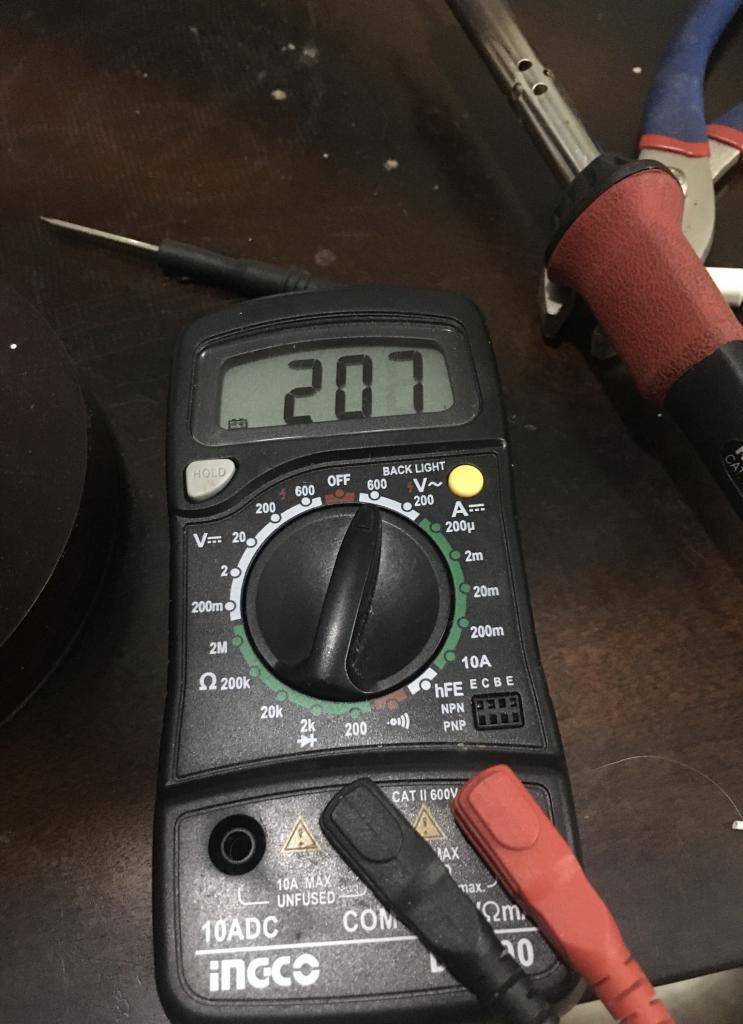
Obviously this driver is bad and I don’t feel safe running it anymore. It was the clean board too. Looks like I’ll get some numbers from the other driver soon.
I hadn’t really planned to do all this testing, but when I opened the bulb and the board fell out it made me want to investigate more. I had hoped to mount these 4 boards to a small piece of aluminum and use them over some clones. This will be on a shelf, so the extra head room by eliminating the bulb and socket is kind of necessary. I’m not really concerned about running the boards remotely or the heat they generate. Where this would actually be practical is if you had a meanwell or similar driver pushing multiple of these boards.
Edit: I just realized I keep writing watt in these posts when I actually mean volt... smh
I’m a little confused by this, the PCB should be an AC to DC converter to drive the LEDs right?
I switched the probe and the dial back to AC.
It reads 227w AC with two boards joined together.
I desoldered the second board and tested only a single board. 235w AC?
I switched the probe and the dial back to DC and tested only 1 board. Again it read 0 and didn’t light up, the board would light up when the probe was removed. At one point I slipped and I think I shorted the positive and negative. After this the LEDs started noticeably flickering and looked less bright. Switching back to AC again to take another reading shows 207w AC.
Obviously this driver is bad and I don’t feel safe running it anymore. It was the clean board too. Looks like I’ll get some numbers from the other driver soon.
I hadn’t really planned to do all this testing, but when I opened the bulb and the board fell out it made me want to investigate more. I had hoped to mount these 4 boards to a small piece of aluminum and use them over some clones. This will be on a shelf, so the extra head room by eliminating the bulb and socket is kind of necessary. I’m not really concerned about running the boards remotely or the heat they generate. Where this would actually be practical is if you had a meanwell or similar driver pushing multiple of these boards.
Edit: I just realized I keep writing watt in these posts when I actually mean volt... smh



